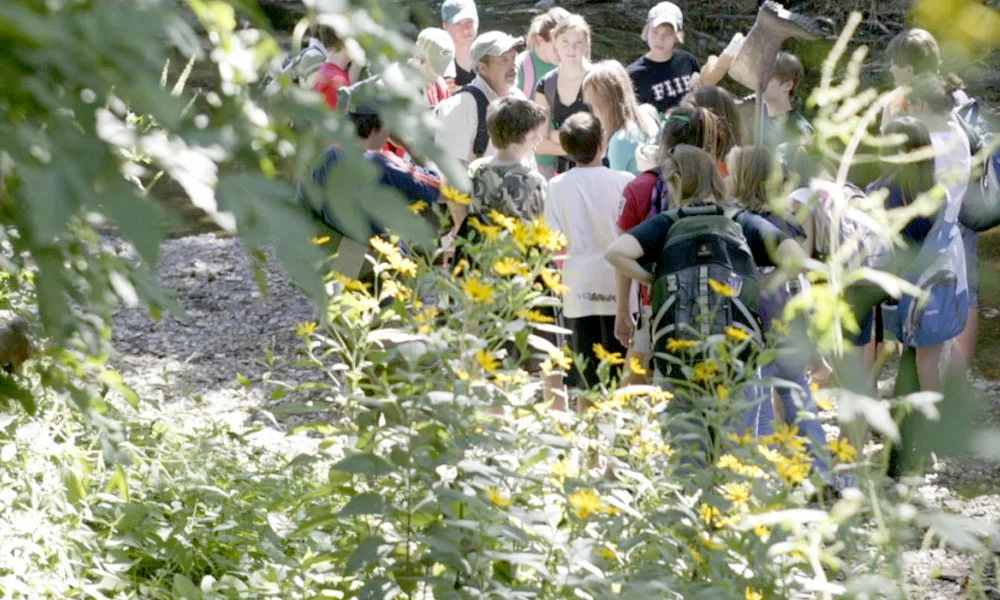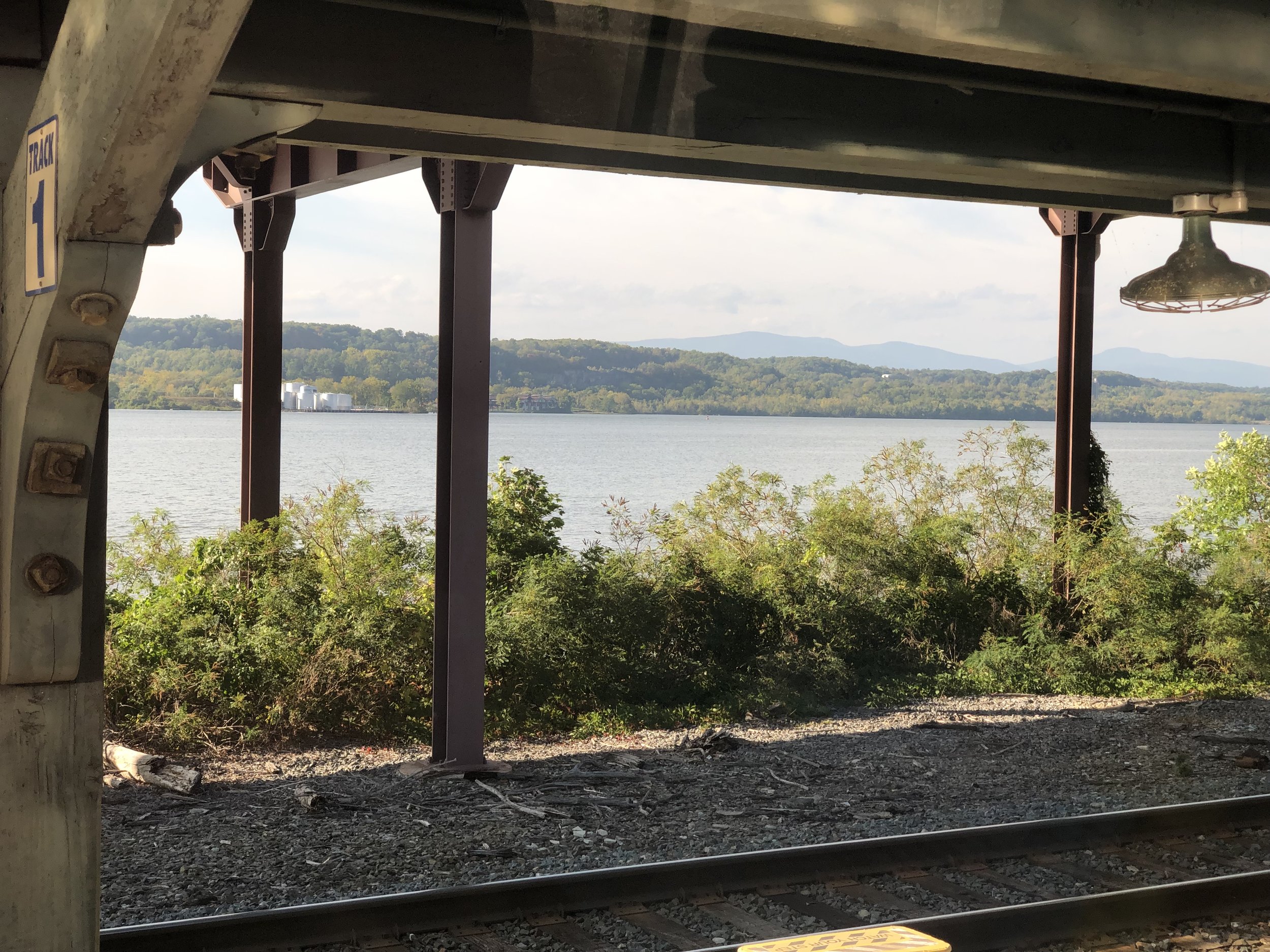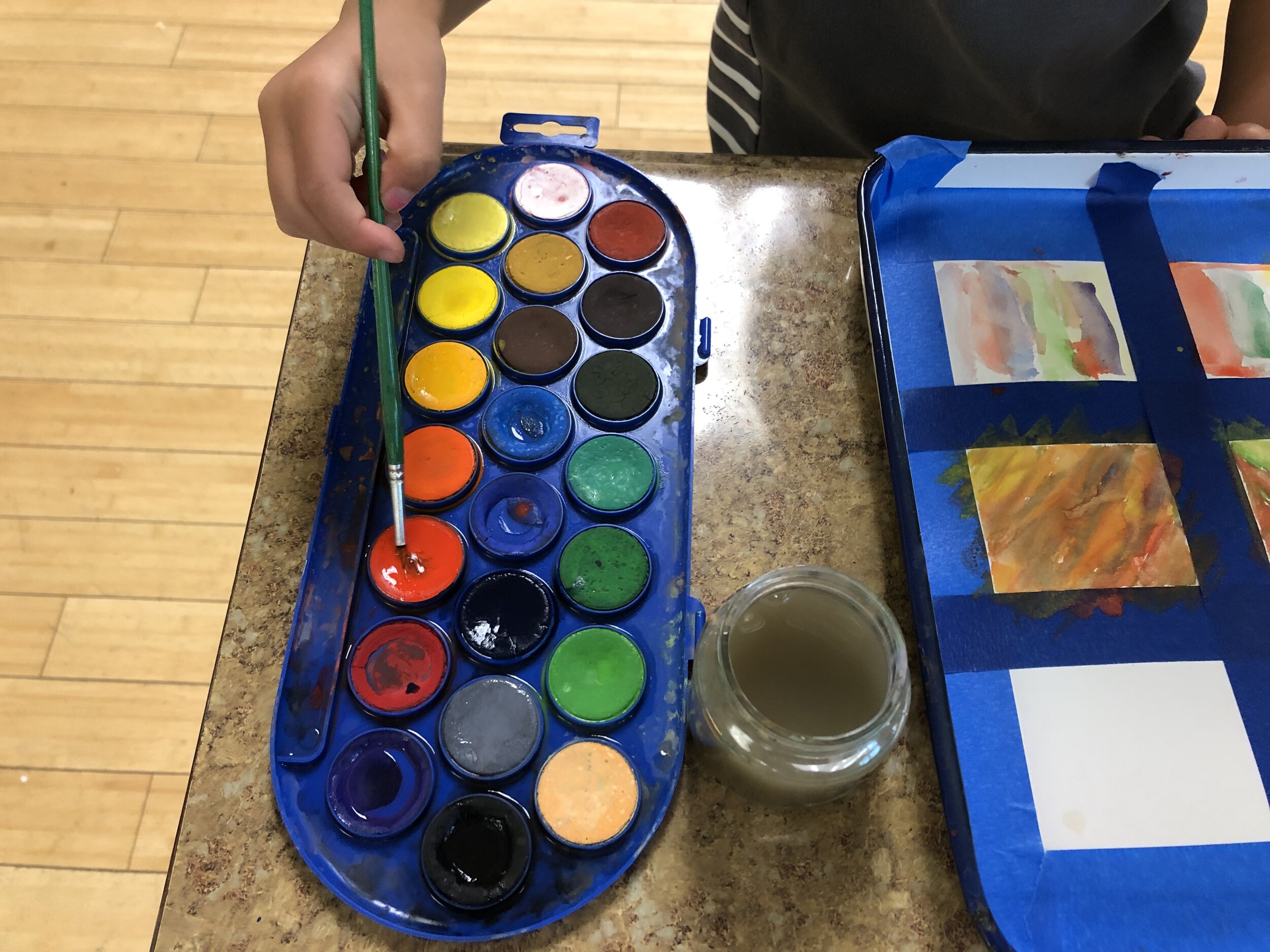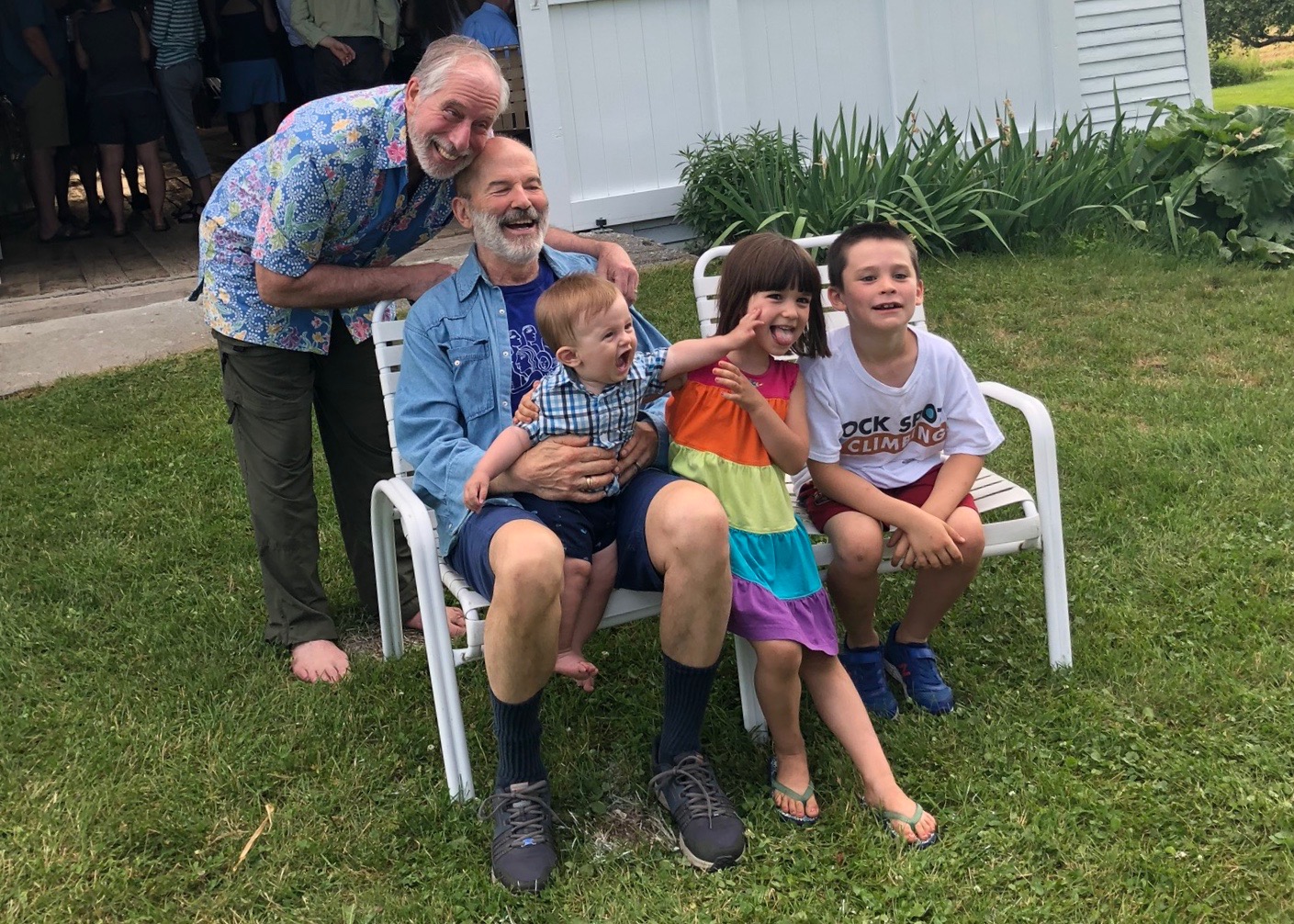I am on a speeding, rocking train, headed north from New York City to upstate New York, and then Vermont. I have been visiting my sister, and our son, daughter-in- law, and baby grandson. It is a sparkling fall day, October first. I can’t take my eyes off the expansive, beautiful, and mighty Hudson River that the train track follows until Albany. The sound of the train, the views, the birds, the passing landscape, all make me feel as if I could be living 100 years ago. It is a moving time capsule, the train, fostering reflection and contemplation, at least for me.
My sister is 82 years old and lives in a senior living community in Pennsylvania, a little over an hour from New York. My grandson will be 10 months old tomorrow. and lives with his parents in Brooklyn. Such a contrast in age and in life in my family that I have experienced over the last few days! I treasure both ends of the spectrum.
I have a heightened interest in and awareness of babies right now because of Jack, our third grandchild, and because we have been working with Principia Early Childhood Program for several years, where the youngest children enrolled are infants and toddlers. Our summer read with the teachers of this age group at Principia was Infants and Toddlers at Work:Using Reggio Inspired Materials to Support Brain Development by Ann Lewin-Benham.
Our grandson, Jack, and me, May, 2019
Ann is a long time colleague and friend. I have admired her work in early childhood since before we lived in Reggio Emilia. I attended a conference in Washington D.C. in 1990 where the exhibit then entitled, The Hundred Languages of Children, (now The Wonder of Learning) was installed at the Capitol Children’s Museum where Ann was the founder and director. This was the first time I had encountered the work from Reggio Emilia other than through slide and video media. I remember walking through the exhibit on my own, astounded, awed, and excited that I might have the chance to be a fellow for a year in this far away place.
Ann founded The Model Early Learning Center (MELC), housed at the Capitol Children’s Museum. This was the school where Amelia Gambetti, former teacher from Reggio Emilia, worked for a year, 1993-1994. I was lucky to return to this school several times and to meet and work with some the teachers there in other contexts, including Sonya Shoptaugh and Jennifer Azzariti. Ann’s first two books, Possible Schools and Powerful Children are based on the work in this remarkable school which was the only school outside Reggio Emilia to be accredited by the Italian educators.
The College School, classroom of 3-4 year-olds, September, 2019
As an author myself, focused on early childhood and the inspiration from Reggio Emilia, I have followed Ann, and been impressed and grateful for her books from the start. One of my favorite of many quotes from my well worn copy of Infants and Toddlers at Work is this one:
Mark making is an imperative as strong as movement and language. Therefore it warrants an equal abundance of materials that are varied, provocative and challenging… Mark making exemplifies the trove of ideas that can be sparked and skills that can be acquired when a fertile context nurtures an innate human imperative. (p. 114)
The College School, mark making with paint, class of 4-5 year-olds, September, 2019
Ann is a prolific author. In addition to Possible Schools, Powerful Children, and Infants and Toddlers at Work, Ann has written Eight Essential Techniques for Teaching with Intention, Twelve Best Practices for Early Childhood Education, What Learning Looks Like: Mediated Learning in Theory and in Practice, K-6 with Reuven Feuerstein. and in press, Eco Education for Young Children Revolutionary Ways to Teach and Learn Environmental Sciences.
Ann is a student of brain science and learning and her knowledge is woven throughout her books. She draws on the stories and experiences from MELC, her years as a Montessori teacher and director, her experience as a mother and grandmother. Her books are engaging, practical, and compelling. If you are looking for an introduction or a refresher, or a new perspective to best practices in early education, pick up any of her books. We think that you will be pleased that you did. Let us know or let Ann know. Authors always love hearing from their readers.
Our son, and grandson, Jack, summer, 2019



















